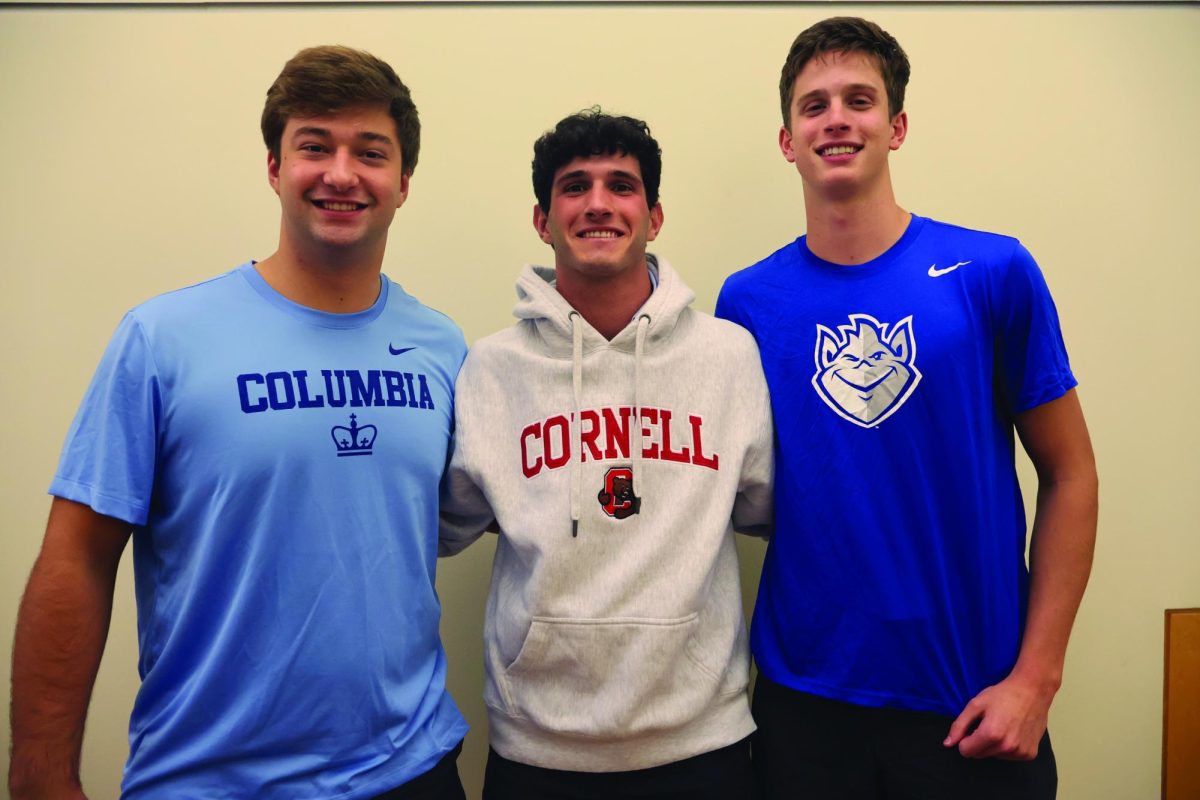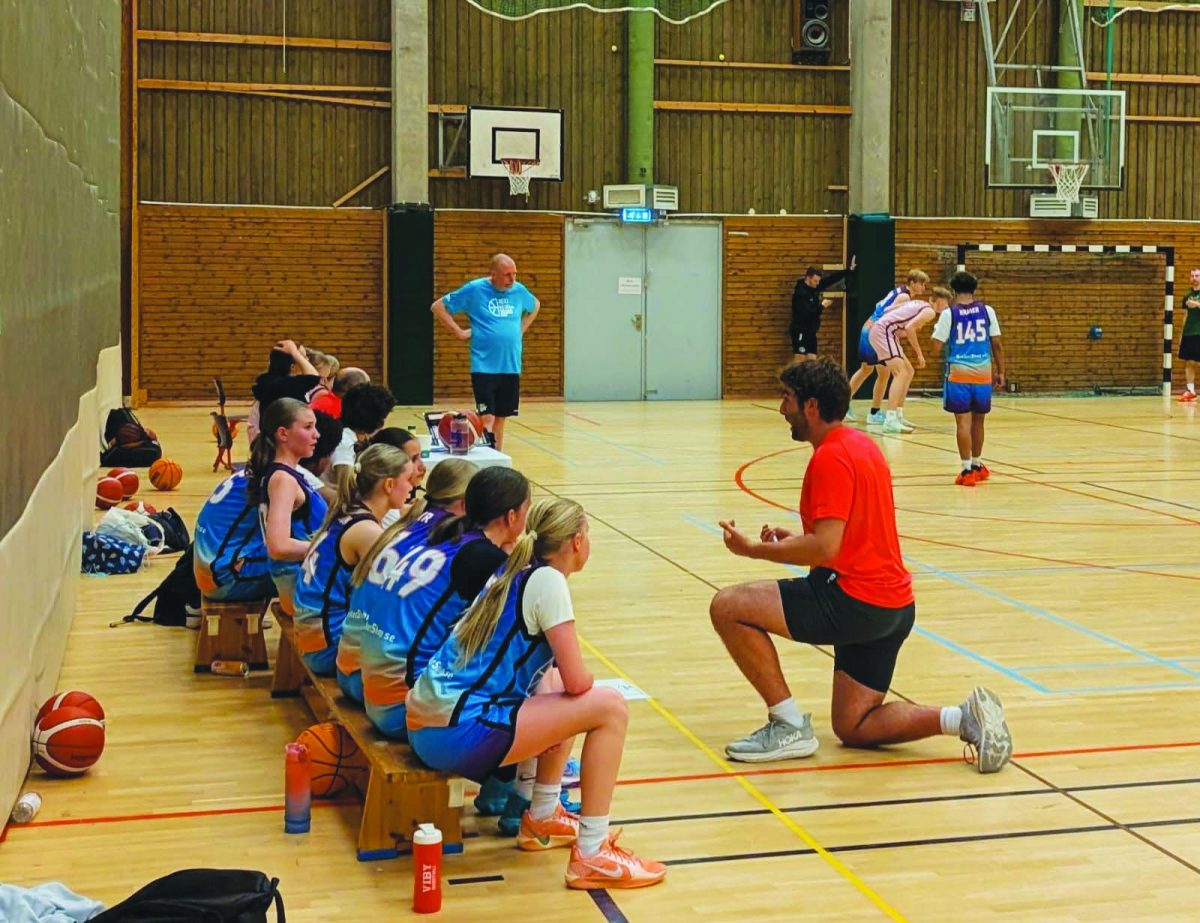Being recruited to play collegiate sports isn’t easy.
Although much of recruiting sports media is focused on the high school phenoms, who receive massive amounts of hype and attention from the time they turn 16, most kids are fighting for one or two college coaches to recognize their work ethic and give them an opportunity.
That opportunity, though, doesn’t always come in the form of a scholarship.
The system of “walk-ons”, a term to describe unofficial roster players who aren’t on scholarship but still play for and practice with a team, has been around since the 1960s. It’s designed to give low-level opportunities to kids who are interested in playing collegiate sports at the highest level – and some of those players may end up on scholarships.
Recently, the NCAA announced new rules for the college recruiting process. Among them is an increase in scholarships across the board, adding up to 800 for all sports. But that number, and the optimistic attitude around the increase, does not tell the whole story.
“There’s about to be new legislation that’s going into effect for next season where they’re putting these roster limits on everyone,” Mississippi State assistant basketball coach Ernie Zeigler said. “You’re only going to be able to have a 15-man roster (in basketball), but all 15 guys will be on scholarships.”
While that number is up from the current amount of scholarships, it will also remove the ability for teams to carry walk-ons with them, which limits opportunities at the end of a bench for guys to play in college.
“Right now, there’s only 13 scholarships per program in mens basketball, and everyone has anywhere from two to six walk ons,” Zeigler said. “The tough part is, it’s going to eliminate some of these walk-on opportunities that some of these kids have been able to have for different reasons.”
This change isn’t just affecting opportunities in basketball, though. Football’s “official” scholarship limit is increasing from 85 to 105, with all 105 being scholarship-eligible. But, the current system allows for situations where teams can have up to 50 walk-ons, in addition to the 85-man roster.
Unfortunately, this means that the already tight scope of recruiting will tighten further. Players could be scrutinized more thoroughly, and ultimately, those all-important spots on the end of the bench, especially important to players who want to prove themselves, will lessen in number (and in some cases, disappear.)
“You’re really gonna have to be much more selective (when choosing players),” Zeigler said. “Maybe they’re legacy, or they’re a really good player, or you know their high school coach, but you’re not going to be as lenient in helping people have opportunities.”
In fact, this change is already starting to affect potential recruits here. Duff McKay, the No. 70 ranked high school golfer in the country, has already been feeling the ramifications of the new ruling.
“With the new rules, some schools are not even taking any 2026 players because they are already over their roster limits and have to cut down,” McKay said. “In addition, in the world of NIL and the transfer portal, many players are looking to relocate schools, created even more competition for the incoming recruiting class.”
Although McKay’s golf game has steadily improved over the years to one of the best on the Lions’ golf team and in SPC, he’s found it harder to attract the interest of coaches. This comes even after men’s golf scholarships were doubled from 4.5 to nine.
Another wrinkle within this new regulation is its effect on NIL allocation. Now, coaching staffs must face the possibility of having more scholarships to pay for and pay out NIL money to, without the promise of extra funding.
“I don’t know the ins and outs of the new rule, but I do know that more and more coaches are contemplating reducing the number of scholarships (they give out) so that they can concentrate NIL money to the scholarship,” head basketball coach Greg Guiler said. “If you’re gonna have 15 scholarship players on your basketball team, you have to feed all those mouths when it comes to NIL fundraising. If you only had nine scholarship players, those are the guys you’re concentrating your NIL money towards, therefore you can create packages for them.”
Despite these new setbacks in the process, McKay is confident in his ability to find a college golf opportunity that gives him what he wants most – a chance to play.
“I have always wanted to compete collegiately at a university that offers rich academics and amazing resources that will enable me to take my game to the highest level of golf,” McKay said.
Rule changes affect recruits
October 24, 2024
Categories:
Commited Senior athletes Henry Estes, Mateu Parker and Luke Laczkowski (left to right) lock arms in their future college’s gear.
More to Discover
About the Contributors
Neil Yepuri, Assignments Editor
Tejas Allada, Digital Managing Editor








